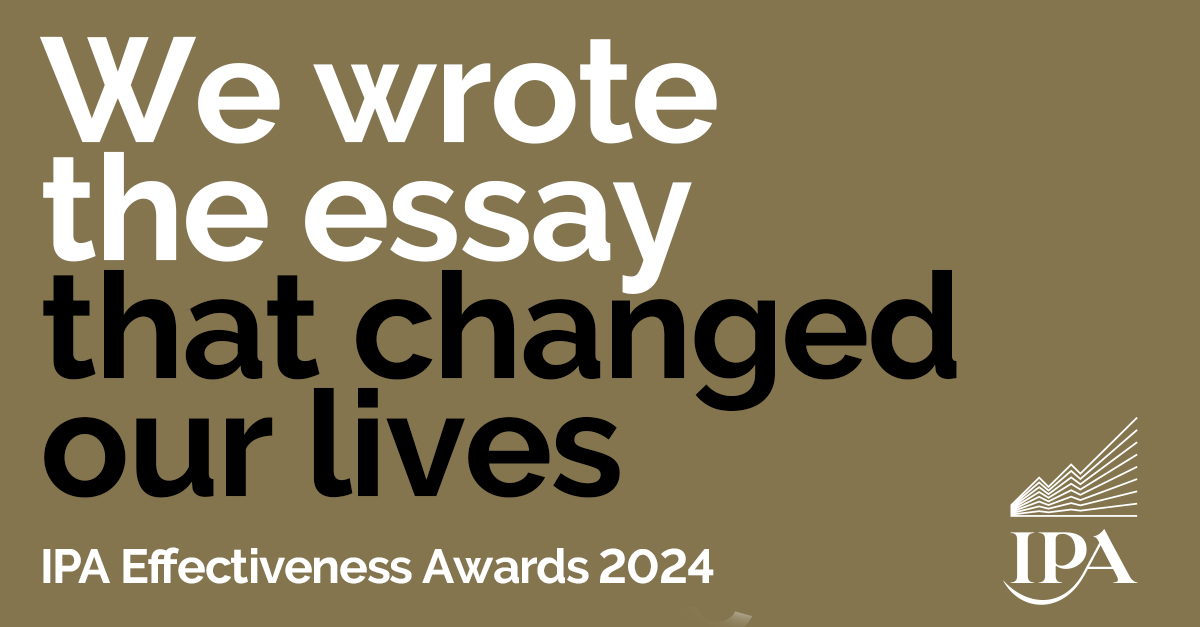Google’s new E-E-A-T guidelines, AI and ChatGPT, short-form video, purpose-driven content, and social commerce… Content likes to keep things lively. To keep ahead of the competition, here’s a guide to some of the most exciting content marketing trends for 2023. There’s so much going on I had to split it into three parts – come back later this week for part two (and part three and… did we say there’s a lot?)
1. Google’s E-E-A-T
Google has made a major update to its quality rater guidelines (QRG), adding an extra ‘E’ to the E-A-T (Expertise, Authoritativeness, Trustworthiness) acronym. The addition of ‘Experience’ to the concept indicates how content is evaluated through the content creator’s depth of understanding to their expertise on the topic.
E-E-A-T is the latest update from Google as it continues to uphold the value of high-quality researched and trusted content. The move follows other significant updates with its link spam and helpful content update just finishing a roll out earlier this month. The latest guidelines highlight the importance of “effort, originality, and talent or skill” that goes into content creation.
Brands with well researched, original, and optimised content backed by data will increasingly stand out. With customer concerns around misinformation in the media, delivering high-quality, always-on creative content strategies will engage audiences and deliver links for SEO.
Extending the value of content will also be crucial with increased budgets in content marketing and a focus on ROI. Creating evergreen content for subjects, which have legs for the long-term, means maintaining content with information updates to keep it valuable and relevant to target audiences.
2. AI, ChatGPT & Automation
The rise of AI in content marketing will continue in 2023. It’s fair to say this tech has matured significantly in the past year and continues developing very quickly. AI- or machine-generated content can save time on some tasks and help with structure. Automation can help scale content in less time and respond to user behaviour intelligently to help build out the customer journey and increase conversion.
Meantime, ChatGPT has exploded on to the content and SEO scene in the last few months. The chatbot launched by OpenAI in November 2022 has been called a ‘Google killer’ with Microsoft planning to add it to Bing and leapfrog the Search overlord’s UX. ChatGPT uses content across the web to teach itself how to answer questions. Google’s spam team has already responded with its methodology to detect AI plagiarised content.
The next iteration, GPT-4, promises a lot, too. For content creators, again, it’s a very useful aid and an opportunity to surface existing knowledge. It can help support content professionals collect a huge amount of data, streamline source material, supplement existing content, and enhance writing with suggestions.
However, for now, news of the death of the writer has been greatly exaggerated. ChatGPT results can be clear, comprehensive, and rational, but also impersonal, dry – and often riddled with errors. Writers who can imbue copy with originality, creativity, expertise, and a human voice are here to stay. And to stand out. Conversely, there is an argument here that AI-powered content could drive more appreciation of the craft of high-quality content.
For content professionals, this new tech is part of the toolkit, and can be used to then provide differentiation from scraped or regurgitated content with imagination, fill information gaps, and create new insights less known. Learn to prompt.
3. Creative, content & SEO
Digital PR takes some traditional PR elements and fuses them together with SEO and content to help brands attract attention. For strong campaigns this means gaining high domain authority (DA) backlinks and a diversity of links to improve search rankings.
While a blend of SEO, data insight integration and content help brands be innovative, the special sauce is Creative with a capital ‘C’. The ‘holy grail’ of Creative, content and SEO will make brands truly stand out through compelling storytelling that appeals to hearts and minds.
Increasingly, brands that achieve this blend will gain the benefits of off-site SEO such as online visibility through quality links and keyword rankings. However, they will also benefit from some of the traditional PR wins of awareness, reputation, coverage, share of voice and market.
Brands that move away from link-building, cookie-cutter formulas towards a creative approach for relevance and recommendation with original stories will be the ones to watch in 2023.
4. Human-focused, personalised & purpose driven
Post-pandemic, it’s not enough to just add more content to the information pile (when has it, really?) Brands more than ever need to create value for customers through empathy and personalisation.
Covid-19 forced brands to think differently about their relationship with customers and how to get closer to them. Tailoring useful content experiences to specific audience needs, built on data insight, helps form a content strategy with purpose. Engaging consumers means connecting on more of a personal level with relatable, contextual, and valuable content.
Brands will need to use purpose-driven content to demonstrate transparency and win customer loyalty, especially for Gens Z and Alpha with their built-in BS detectors. Using content to affect meaningful change on important issues will help brands prove their ethical and sustainable values.
This genuine approach is now what customers expect and any tone-deaf notes of inauthenticity will lose you brand equity quickly. It’s time to follow through on the big words – for brands to show, not tell.
5. Privacy & data protection
Data collection consent is gradually being shifted towards consumers as privacy becomes a bigger issue in 2023. Apple and Google are making significant changes to cookie data as audiences demand more control of what they’re giving away for a content experience. Empowering consumers will be a fundamental shift away from how electronic data has been reaped with little or no safeguards in the past.
While data collection has driven some of the biggest organisations in the world to success, it has led to an upsurge in consumer mistrust and raised serious questions about ethics for business and government. A lack of transparency has compromised the relationship between brands and consumers. Content marketers will have fewer rights to cookie data. and there will be more dependence on first-party data driven content.
We are now in a new privacy-centric era where customers have a greater say in how data is acquired and used for others profit. Users will be more aware of their options on apps and websites, and how their behaviour is being followed and gathered. By 2024, 75% of the global population will have its personal data covered under privacy regulations, according to Gartner.
Penalties can be significant. Users alleging misuse of data led to a $92 million settlement class action lawsuit against TikTok for data privacy practices. The cookie-less future is becoming real in our every day present. The Internet of Things (IoT), facial recognition technology, AI, and smart cities, will only increase this change in data privacy and consumer awareness of their data value.
That’s it for now. Stay tuned for more on video, influencers, econometrics and atomisation later in the week. And if you want to speak to a real intelligence about getting to grips with artificial intelligence, well…
Header image – prompt: Modern day bloggers looking at a printing press by StableDiffusion/Canva





